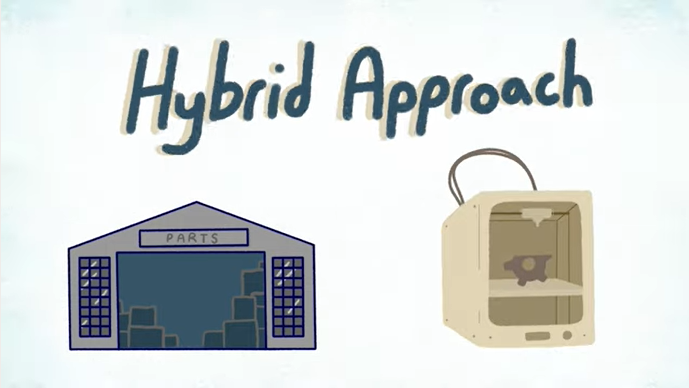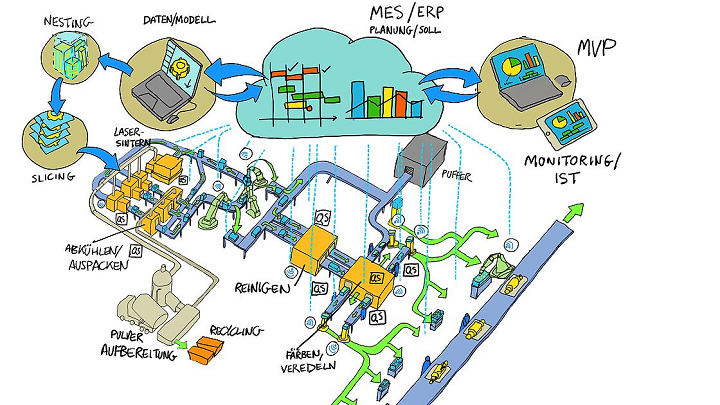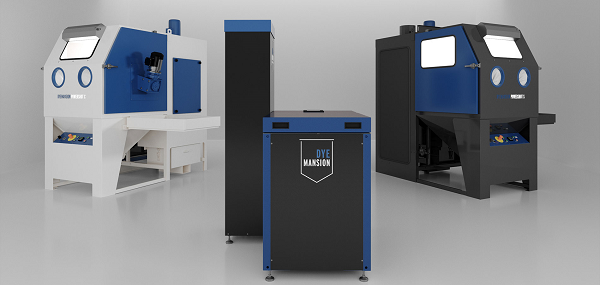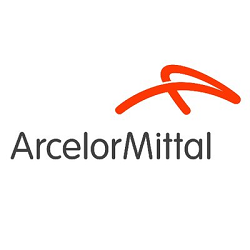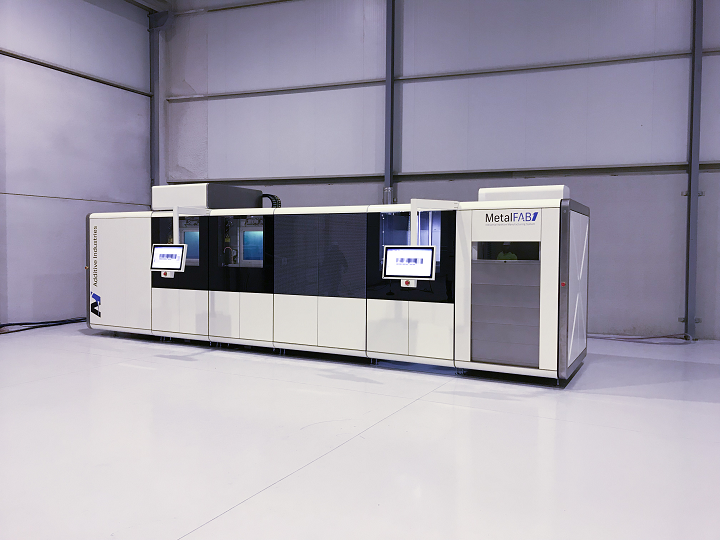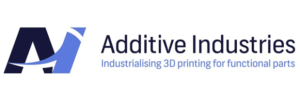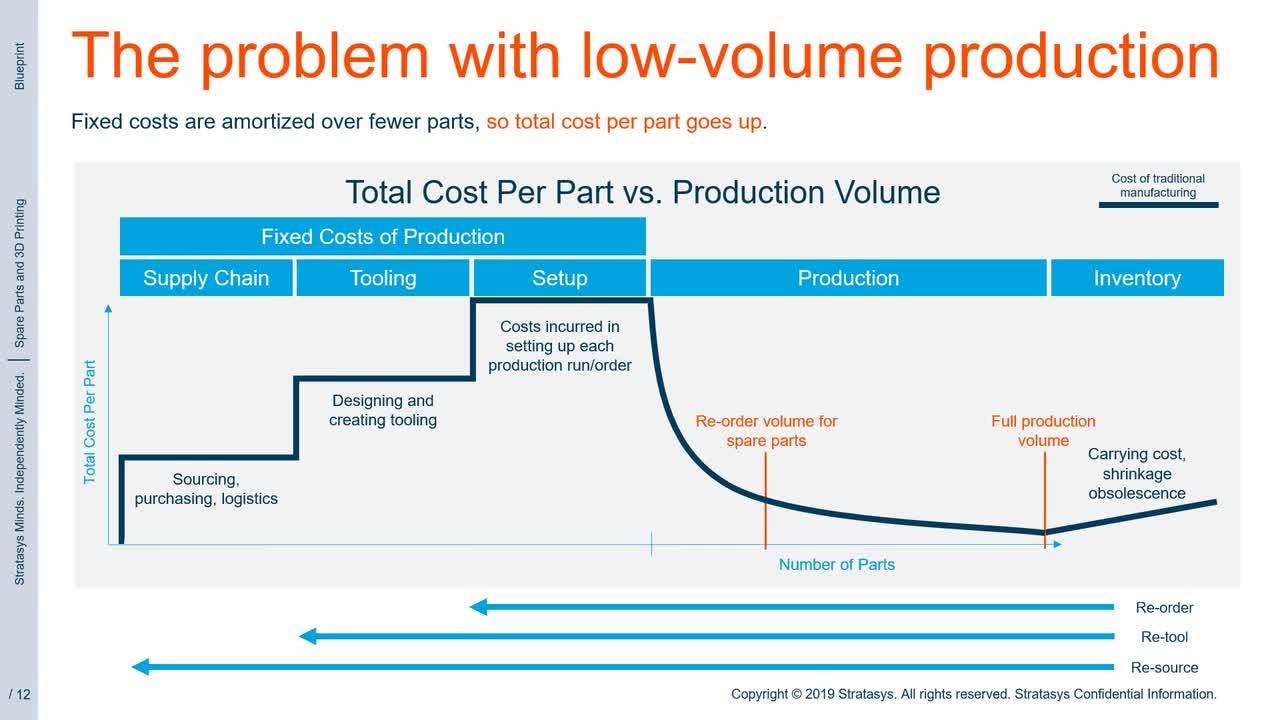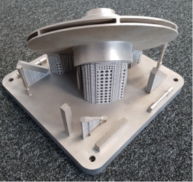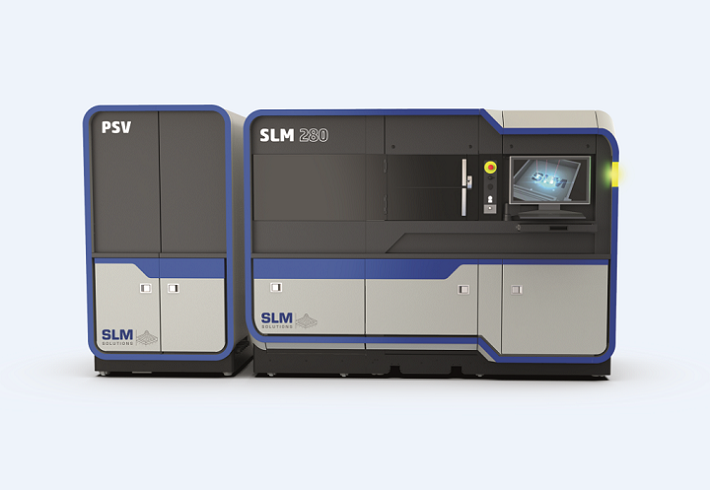In this series, previously we looked at how we’re creating a system designed to spit out less able things and that these things may be better but will be less robust and more challenging to repair. As the tip of the spear grows ever sharper, it also becomes more brittle. We have more things, but they will last longer (in the natural environment), and we will find it easier to throw them away. Rather than individual firms designing certain things for planned obsolescence, we are, all of us, participating in a system that produces more fragile items with shorter life spans. We cannot fight this system head-on, but we may be able to subvert it, change it and help us all. The path to extricating ourselves from a disposable world is Digital Kintsugi.
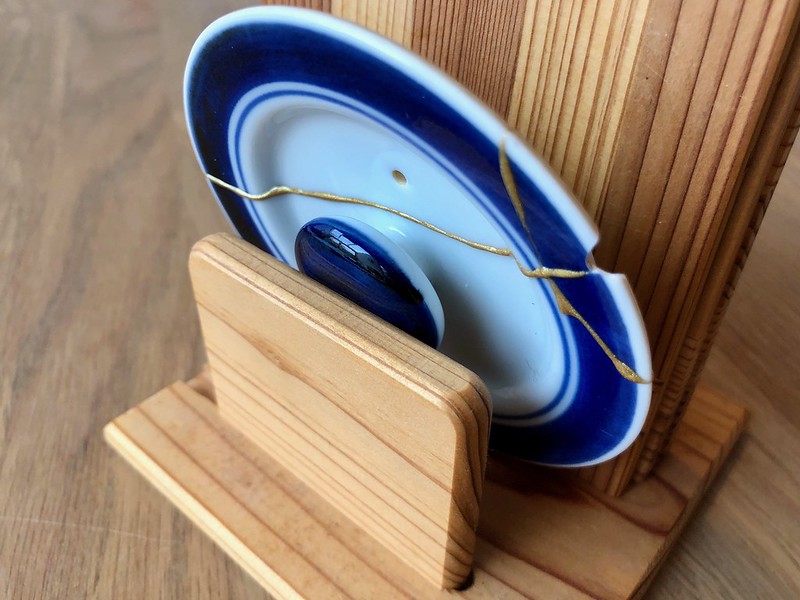
Kintsugi is a Japanese method of repairing broken pottery with gold and lacquer. A fractured ceramic piece is then proudly restored with a clear remnant of the breakage visible to all.
“Not only is there no attempt to hide the damage, but the repair is literally illuminated… a kind of physical expression of the spirit of mushin….Mushin is often literally translated as ‘no mind,’ but carries connotations of fully existing within the moment, of non-attachment, of equanimity amid changing conditions. …The vicissitudes of existence over time, to which all humans are susceptible, could not be clearer than in the breaks, the knocks, and the shattering to which ceramic ware too is subject. This poignancy or aesthetic of existence has been known in Japan as mono no aware, a compassionate sensitivity, or perhaps identification with, [things] outside oneself.”
— Christy Bartlett, Flickwerk: The Aesthetics of Mended Japanese Ceramics
In terms like “mono no aware” and “wabi-sabi” and the related “kintsugi”, we have a potential philosophical and cultural counterweight to contemporary consumer culture. By accepting transience and transformation, by being okay with imperfection and seeing a repaired thing as somehow improved, we can get passed our shrink-wrapped existence. And its Japanese, too, like manga and sushi.
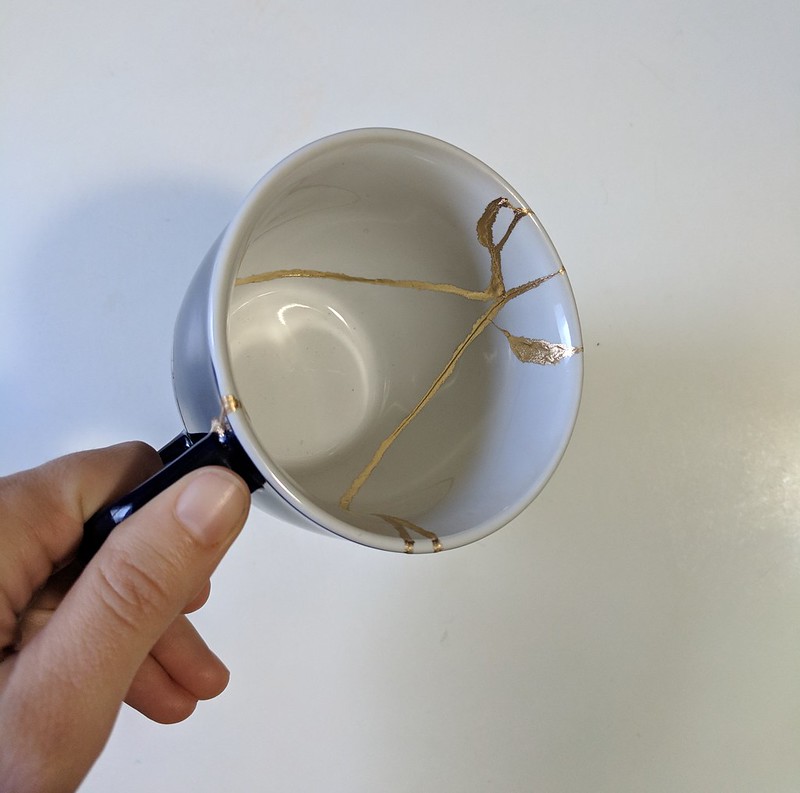
We live in a world where we lust after things. Indeed, many of our ambitions and desires are for things, and we give our lives for stuff. The moment one acquires the desired something, it fades, slips into being spurned, is then forsaken, and begins somehow to rot. A thing will never fulfill us, but we don’t realize this and instead lust after new newer things. We’re chasing a thing-related high that doesn’t exist.
Kintsugi will help us to break through these barriers. What’s more, we’re no longer making or recycling for making’s sake, nor are we doing it for some grand sustainability goal, we are doing it also to celebrate this thing. Rather than focus our attention on the unattainable new, kintsugi places it on the mindful now of things we already have.
A patina on some steels or worn leather and just-right jeans are already examples of wear and tear that are celebrated. We just have to extend scratches on polymer and other everyday damage to the realm of the beautiful.
With 3D printing, we can make things last longer. We can make spare parts and create out-of-production spares to extend the life of many everyday objects. Many more people will need to be able to design for this to take on meaningful proportions of all the things. Perhaps, if our phones became 3D scanners or if it were easier to take 2D and make it 3D, we could radically extend the life of many things.
In particular, small spare parts are very inexpensive when 3D printed on desktop machines and even through services. If the alternative is for the user to throw away the good, then any single repair using a 3D printed part would be extremely valuable for the environment. Imagine if one CAD file leads to 1,000 coffee makers not being thrown away. Now, digital spare parts are part of grand EU initiatives—or the plans of single individuals running into a part that they need—but a more organized approach would be very valuable.
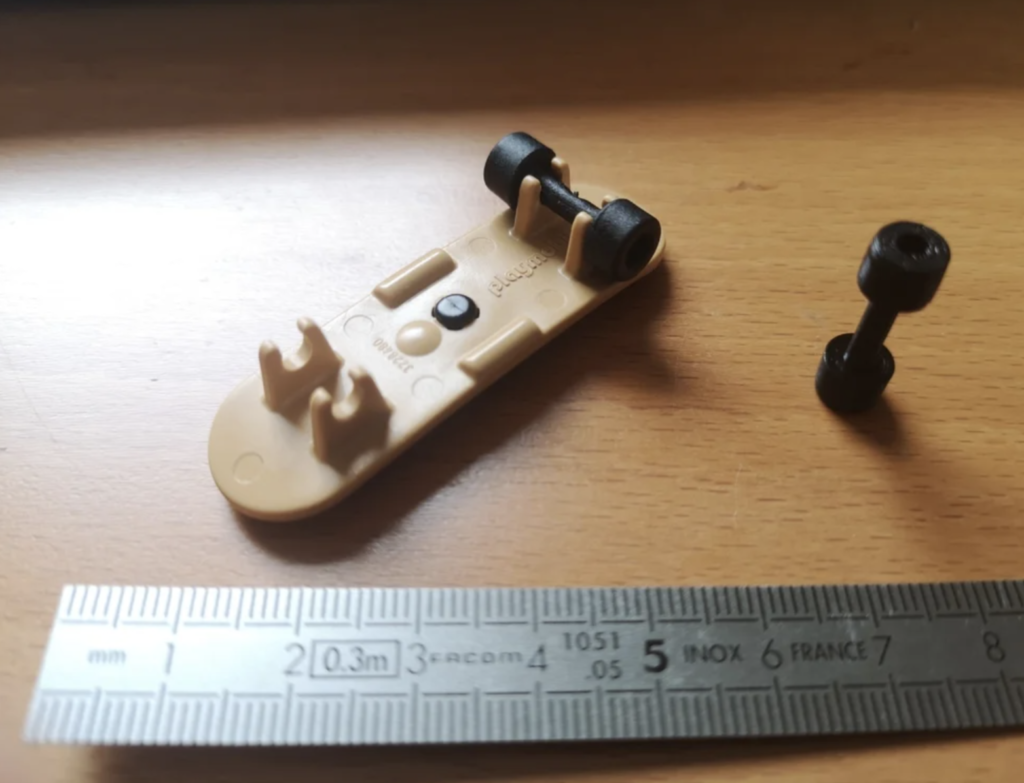
If we looked at the sum total of e-waste and what were the most popular items to see how they could be repurposed or extended, then we could in, and organized way make the world a lot more sustainable through 3D printing. There are many spares already being made, from Playmobil skateboard wheels, to bass guitar parts to switches for venerable La Pavoni espresso machines. On platforms like Thingiverse or YouMagine we can already see that spare parts are a lively and very popular category.

Organically and without a business model, it is already growing. From handles for Mokka Makers to the incredibly popular vacuum cleaner parts category to the super-specific, such as a faceplate for a joystick used in forestry equipment, we are currently making a mark.
Guided development, easier CAD, and better 3D scanning will help but a philosophical edge, and new coolness will do wonders also. Patagonia’s worn wear is a great example of obviously repaired clothing that gives everyone involved a good feeling while extending the life of things.
In the 3D printing community, we are repairing things because we can, but we need to see if we can make this cool, even desirable. Obviously-repaired objects proudly displaying their scars needs to be an established practice that adds sparkle and history to otherwise quotidian things—especially in a world with so few things that last any effort to extend the life of things, a little bit will do wonders for us all.
The Japanese don’t use transparent lacquer; they mix in gold to heighten the repair, give it luster, and get one to notice it. What could we do to make 3D printed repairs beautifully obvious? Could we use Bronzefill, a particular purple, or make the 3D printed layers more obvious? What do you think?
Creative Commons Attribution: Ervaar Japan, Ervaar Japan, Steenaire.
The post The Brittle Spear Part III: Digital Kintsugi and 3D Printed Spare Parts appeared first on 3DPrint.com | The Voice of 3D Printing / Additive Manufacturing.




